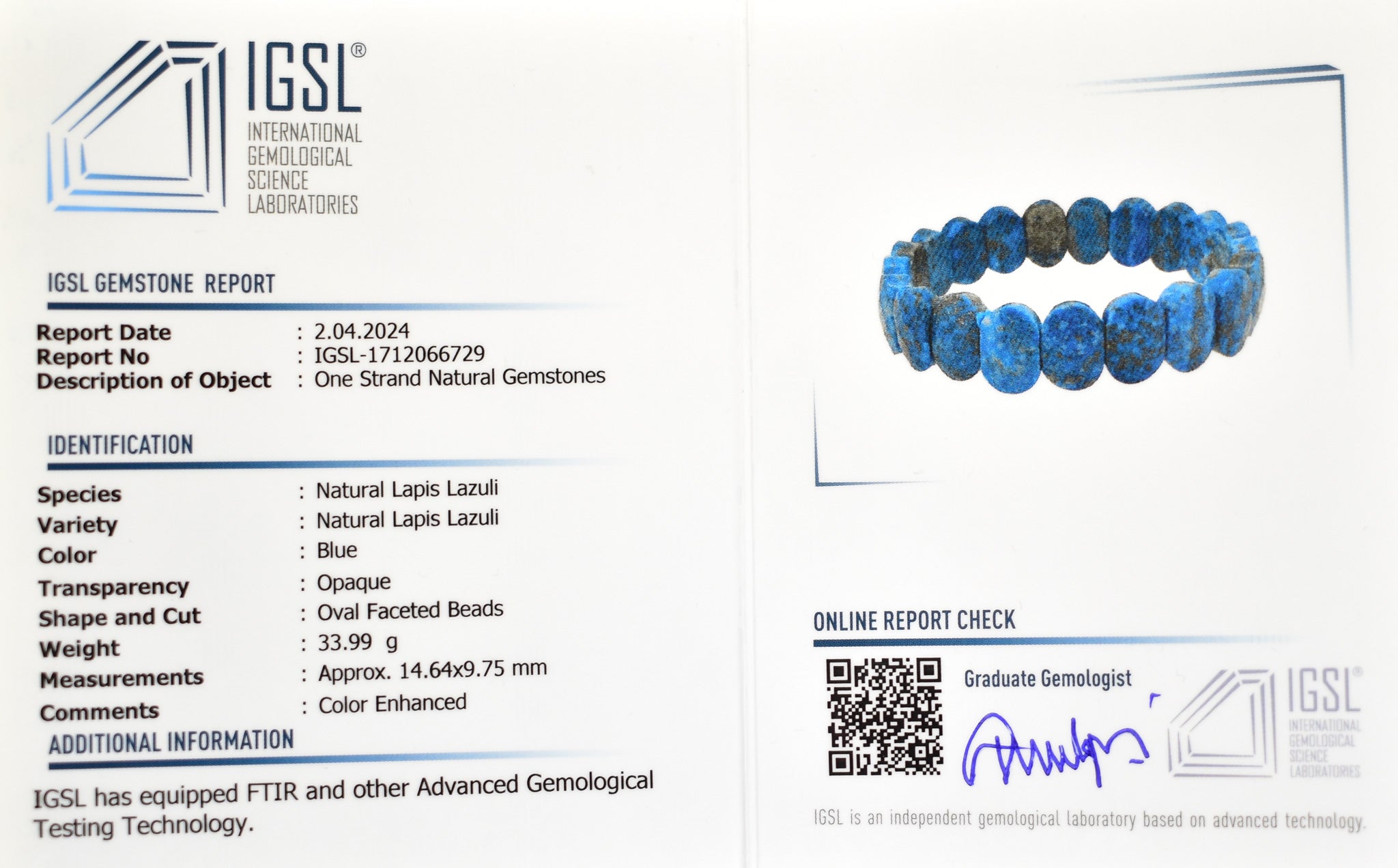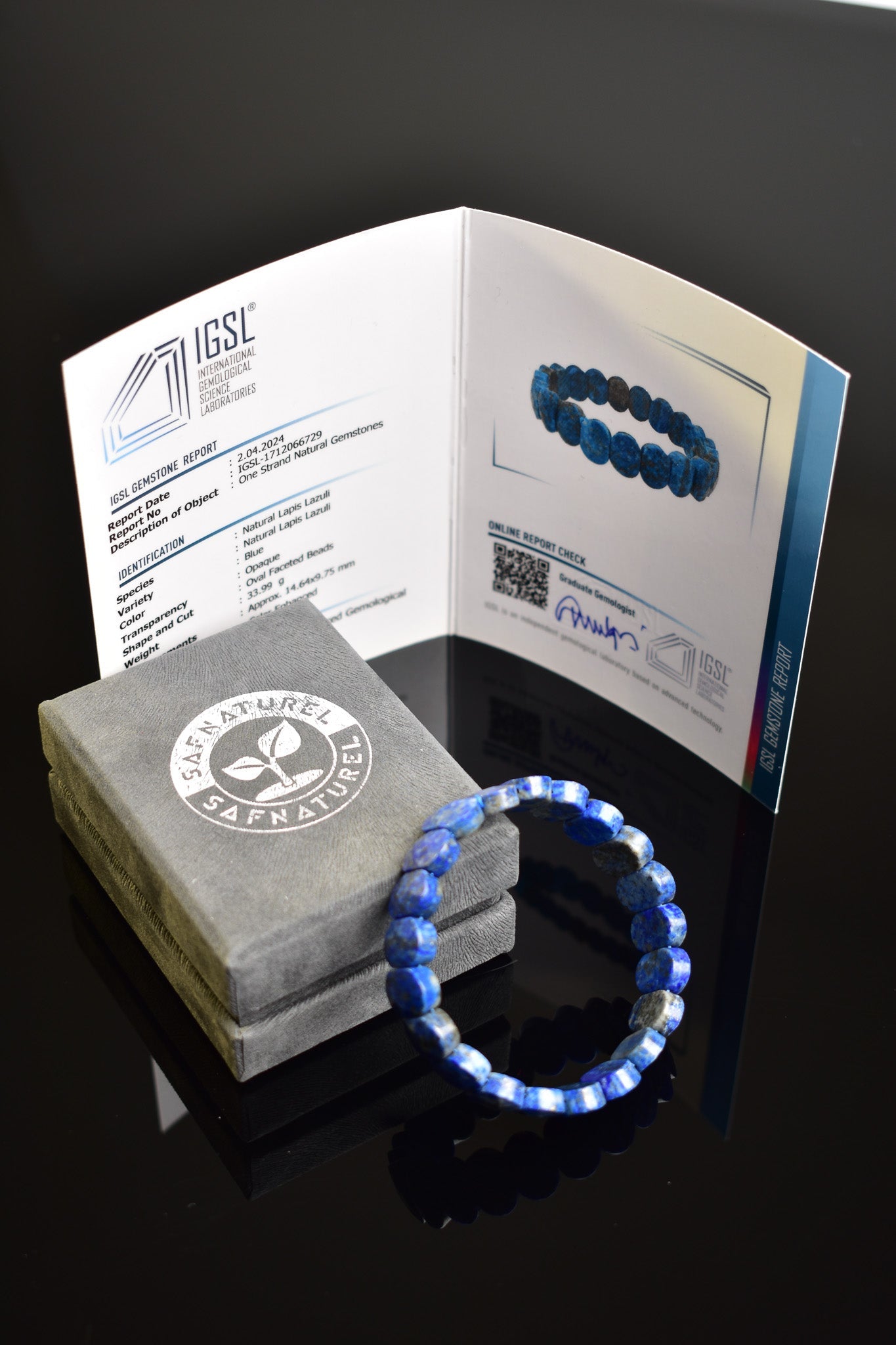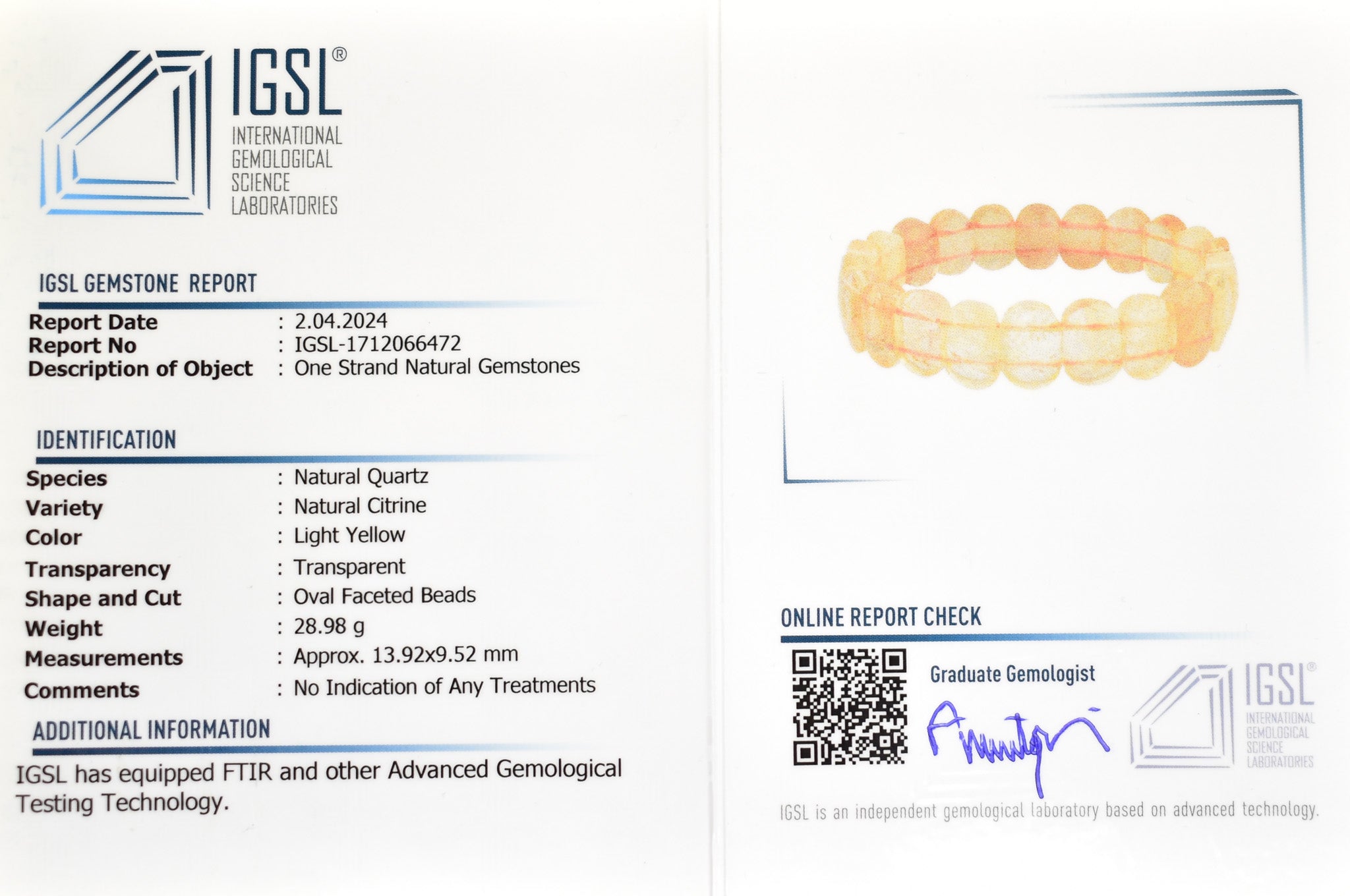
How Does the Certification Process for Natural Stones Work?
Natural stones hold great value in the jewelry and collector’s world due to their aesthetic appeal and rarity. However, to verify their authenticity and determine their value, international certifications are essential. But how does the certification process for a natural stone work? Here is a step-by-step breakdown:
1. Stone Submission and Initial Inspection
The certification process begins when the stone is sent to a laboratory for analysis. At this stage, experts conduct a preliminary inspection of the stone’s physical condition, cut, and appearance. If the stone is in its raw form, its natural structure is also taken into consideration before testing.
2. Optical and Physical Tests
Gemologists perform optical and physical tests to determine whether the stone is natural. These tests include:
- Loupe Examination: Used to check for synthetic components or any artificial filling inside the stone.
- Light Refraction Test: Analyzes how light interacts with the stone’s internal structure.
- Density Test: Measures the stone’s specific gravity to confirm its mineral type.
- Hardness Test: Uses the Mohs scale to determine the stone’s surface hardness.
3. Spectroscopic and Chemical Analysis
To verify the chemical composition and authenticity of the stone, advanced tests are conducted:
- Raman Spectroscopy: Examines the molecular structure to differentiate between natural and synthetic stones.
- X-ray Fluorescence (XRF) Test: Identifies the elements within the stone.
- FTIR Spectroscopy: Detects the presence of foreign substances or treatments applied to the stone.
4. Color and Clarity Grading
Natural stones are graded based on their color and clarity. For instance, precious stones like rubies, sapphires, and emeralds are classified according to color variations:
- Color Scale: The stone's color is evaluated according to international grading standards.
- Internal Inclusions: A microscopic examination determines if there are any natural inclusions, fractures, or defects.
5. Cut and Size Evaluation
During certification, the stone’s dimensions, cut, and polish are measured and documented. Key aspects analyzed include:
- Is the stone raw or processed?
- Is it faceted or a cabochon cut (smooth and polished)?
- How symmetrical is the cut, and how well does it reflect light?
6. Report Generation and Certification Issuance
After all tests are completed, a detailed certification report is prepared. This certificate includes:
✅ Stone name and mineral composition
✅ Cut, size, and weight
✅ Color grading and optical properties
✅ Hardness and density details
✅ Chemical composition and lab test results
✅ Information on whether the stone has undergone treatments
7. Issuance of an International Certificate
Once the analysis is completed, a globally recognized certificate is issued by an accredited gemological institute. Some of the most respected certification organizations include:
🔹 IGSL (International Gemological Science Laboratory)
🔹 GIA (Gemological Institute of America)
🔹 IGI (International Gemological Institute)
🔹 Gübelin Gem Lab
These certificates officially verify the authenticity and value of the stone and ensure its acceptance in international gem markets.
Conclusion
The certification process for natural stones is a comprehensive scientific evaluation that ensures the authenticity, purity, and value of each stone. This process helps buyers make secure purchases and supports the use of certified stones as long-term investments. Purchasing a certified natural stone is always the best choice for quality and assurance.


